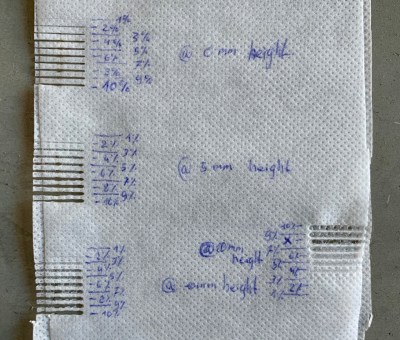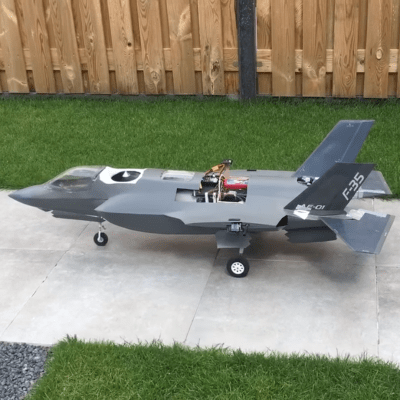Laser cutters are certainly a Hackerspace staple for cutting fabrics in some circles. But for the few fabrics derived from non-woven plastics, why not try fusing them together? That’s exactly what [Dries] did, and with some calibration, the result is a speedy means of seaming together two fabrics–no needles necessary!
The materials used here are non-woven goods often used in disposable PPE like face masks, disposable aprons, and shoe coverings. The common tool used to fuse non-woven fabrics at the seams is an ultrasonic welder. This is not as common in the hackerspace tool room, but laser cutters may be a suitable stand-in.
Getting the machine into a production mode of simply cranking out clothes took some work. Through numerous sample runs, [Dries] found that defocusing the laser to a spot size of 1.5mm at low power settings makes for a perfect threadless seam. The resulting test pockets are quite capable of taking a bit of hand abuse before tearing. Best of all, the fused fabrics can simply be cut out with another pass of the laser cutter. For fixtures, [Dries] started with small tests by stretching the two fabrics tightly over each other but suggests fixtures that can be pressed for larger patterns.
It’s great to see laser-cutters doubled-up as both the “glue” and “scissors” in a textile project. Once we get a handle on lasering our own set of scrubs, why not add some inflatables into the mix?





 [Joel] wants his model to be as close as possible to the real thing, and has integrated all these features into his build. Thrust is provided by two EDF motors, the pivoting nozzle is 3D printed and actuated by three set of small DC motors, and all 5 doors for VTOL are actuated by a single servo in the nose via a series of linkages. For tilt control, air from the main fan is channeled to the wing-tips and controlled by servo-actuated valves. A flight controller intended for use on a multi-rotor is used to help keep the plane stable while hovering. One iteration of this plane bit the dust during development, but [Joel] has done successful test flights for both hover and conventional horizontal flight. The really tricky part will be transitioning between flight modes, and [Joel] hopes to achieve that in the near future.
[Joel] wants his model to be as close as possible to the real thing, and has integrated all these features into his build. Thrust is provided by two EDF motors, the pivoting nozzle is 3D printed and actuated by three set of small DC motors, and all 5 doors for VTOL are actuated by a single servo in the nose via a series of linkages. For tilt control, air from the main fan is channeled to the wing-tips and controlled by servo-actuated valves. A flight controller intended for use on a multi-rotor is used to help keep the plane stable while hovering. One iteration of this plane bit the dust during development, but [Joel] has done successful test flights for both hover and conventional horizontal flight. The really tricky part will be transitioning between flight modes, and [Joel] hopes to achieve that in the near future.










